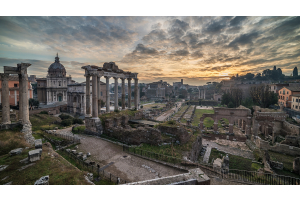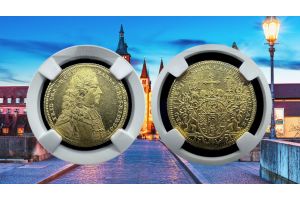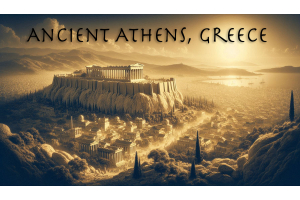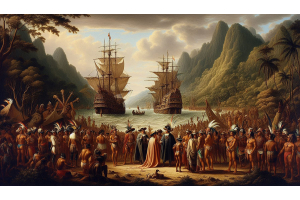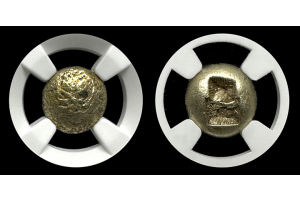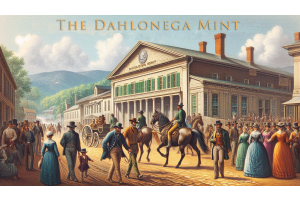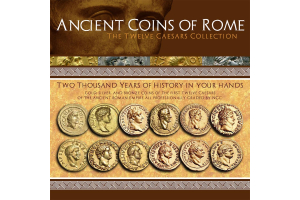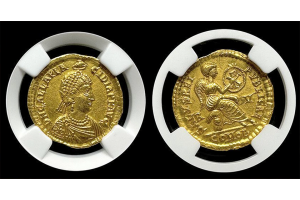Panama-Pacific Exposition
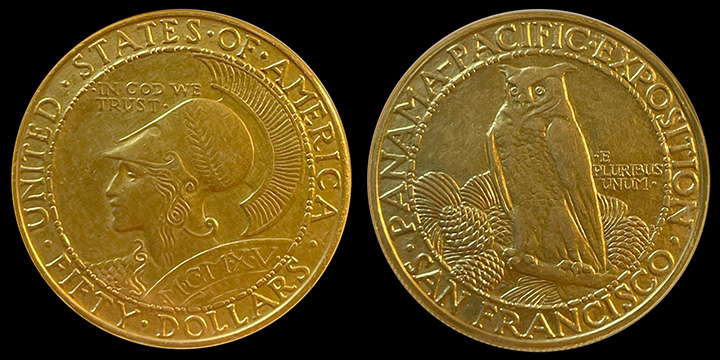
Opening of the Panama Canal:
In 1915, the vibrant city of San Francisco hosted the Panama-Pacific Exposition. Furthermore, it was a grand celebration marking the opening of the Panama Canal. This monumental event drew millions of visitors from across the globe. Basically, everyone was eager to witness the marvels of modern engineering and celebrate the spirit of progress.
The exposition showcased the latest advancements in technology, industry, and the arts. Moreover, it offered visitors a glimpse into the possibilities of the future. Visitors were treated to a glimpse into the boundless possibilities of the future. Additionally, they marveled at the innovative displays and cutting-edge inventions on offer.
Transcending mere spectacle, the exposition served as a symbol of unity and international cooperation. Generally, bringing together people from different cultures and backgrounds in a spirit of camaraderie and mutual respect. It provided a platform for nations to showcase their achievements and fostered cultural exchange and understanding on a global scale.
To commemorate the event:
To honor the Panama-Pacific Exposition in 1915, various commemorative events and activities were organized. Iconic structures such as the Tower of Jewels, Palace of Fine Arts, and Fountain of Energy were built within the exposition grounds. Markedly, these architectural marvels served as enduring symbols of the grandeur and innovation showcased at the event. These architectural marvels served as lasting symbols of the event's grandeur and left a lasting legacy on the city of San Francisco.
In addition to physical monuments, a series of cultural performances, parades, and pageants were held. In short, to entertain visitors and showcase the diversity of cultures represented at the exposition. These events featured music, dance, theater, and traditional ceremonies from around the world. Thus, fostering a spirit of unity and cultural exchange among attendees. Furthermore, special exhibitions and displays were curated to highlight the latest advancements in science, technology, and industry. In sum, providing visitors with a glimpse into the future of innovation and progress.
To ensure that the legacy of the Panama-Pacific Exposition endured beyond its closing, various commemorative publications, including books, magazines, and souvenir catalogs, were produced. In effect, to document the event's history and achievements. These publications served as valuable historical records. Subsequently, preserving the memories and experiences of those who attended the exposition for future generations to appreciate and learn from. Overall, the commemorative efforts surrounding the Panama-Pacific Exposition reflected the widespread enthusiasm and pride felt by participants.
Special Coinage was Struck
As visitors marveled at the stunning architecture, intricate exhibits, and innovative inventions on display, they couldn't help but feel a sense of optimism for the future. The Panama-Pacific Exposition left an indelible mark on history. Overall, serving as a testament to human ingenuity, resilience, and the boundless potential of collaboration and cooperation on the world stage.
Special Coinage was struck to help commemorate the event. In fact, the United States Mint struck a variety of coins in silver and gold. Specifically, including a Half Dollar, Gold Dollar, $2-1/2 Gold, $50 Gold Octagonal, and $50 Gold Round. The coins were sold at the Exposition individually or in a variety of combinations and/or sets. Apart from Patterns and semi-official Territorial gold coins, the United States had never issued a $50 gold piece.
Great Numismatic Rarity of the Twentieth Century:
Not sure of how many they could sell, Mint officials struck 1,509 Octagonal and 1,510 Round versions. Because of the high cost of the coins and the sets, very few coins were sold. Of the 1,510 $50 Rounds, 10 were set aside for assay purposes, 483 were sold to the public, and the remaining 1,017 coins were destroyed. Therefore, the Panama-Pacific $50 Round ranks as one of the great numismatic rarities of the Twentieth Century.
Each fifty sold for $100 or double face value at the time; remembering that approximately $1,250 was the average American's annual income in 1915. In light of the high cost, it is no wonder that the U.S. Mint's authorized mintage of 1,500 pieces each of these fifty-dollar gold pieces was never sold.
This truly exceptional specimen has the usual soft, satiny mint luster that characterizes these coins. The surfaces are reddish-gold with the slightest accent of lilac on each side. The piece seems conservatively graded, as only a couple of tiny marks on each side (which require magnification to see) preclude an even higher grade.
Seventy years later
It took seventy years later for the United States Mint to revisit the legacy of the Gold Rush era. In summary, by crafting the Pan Pacific iconic Round and Octagonal $50 coins. These remarkable numismatic treasures, originally minted during the mid-1800s in San Francisco, symbolized the prosperity and ambition of the era. To honor their historical significance, the US Mint embarked on a meticulous journey to recreate these legendary coins. Thereby, infusing them with renewed beauty and craftsmanship.
The result was a stunning reimagining of the Round and Octagonal $50 coins. Lastly, meticulously crafted to capture the essence of their predecessors while incorporating modern design techniques. These commemorative coins, minted with precision and care, pay homage to the rich history of the Gold Rush. Therefore, serving as a tangible link to the pioneering spirit of the past. The above-mentioned revived Round and Octagonal $50 coins continue to captivate collectors and enthusiasts alike. Importantly, preserving the legacy of America's golden heritage for generations to come.
Conclusion
In conclusion, the Panama-Pacific Exposition of 1915 was a pivotal event that showcased human innovation and cultural exchange. Through its grand displays of technology, industry, and the arts, the exposition offered a glimpse into the boundless possibilities of the future. Likewise, honoring the achievements of the past Gold Rush era.
The commemorative efforts surrounding the exposition reflected the widespread enthusiasm and pride felt by participants. The revival of the iconic Round and Octagonal $50 coins by the United States Mint pays homage to the rich history of the Gold Rush era. Overall, serving as a bridge between the past and numismatic treasures of the time.
In closing, if you're seeking commemorative coins reminiscent of the Pan-Pacific Exposition $50 gold coin or the Gold Rush era, don't hesitate to reach out. Call us and speak with a U.S. Rare Coins Advisor at Austin Rare Coins & Bullion!





